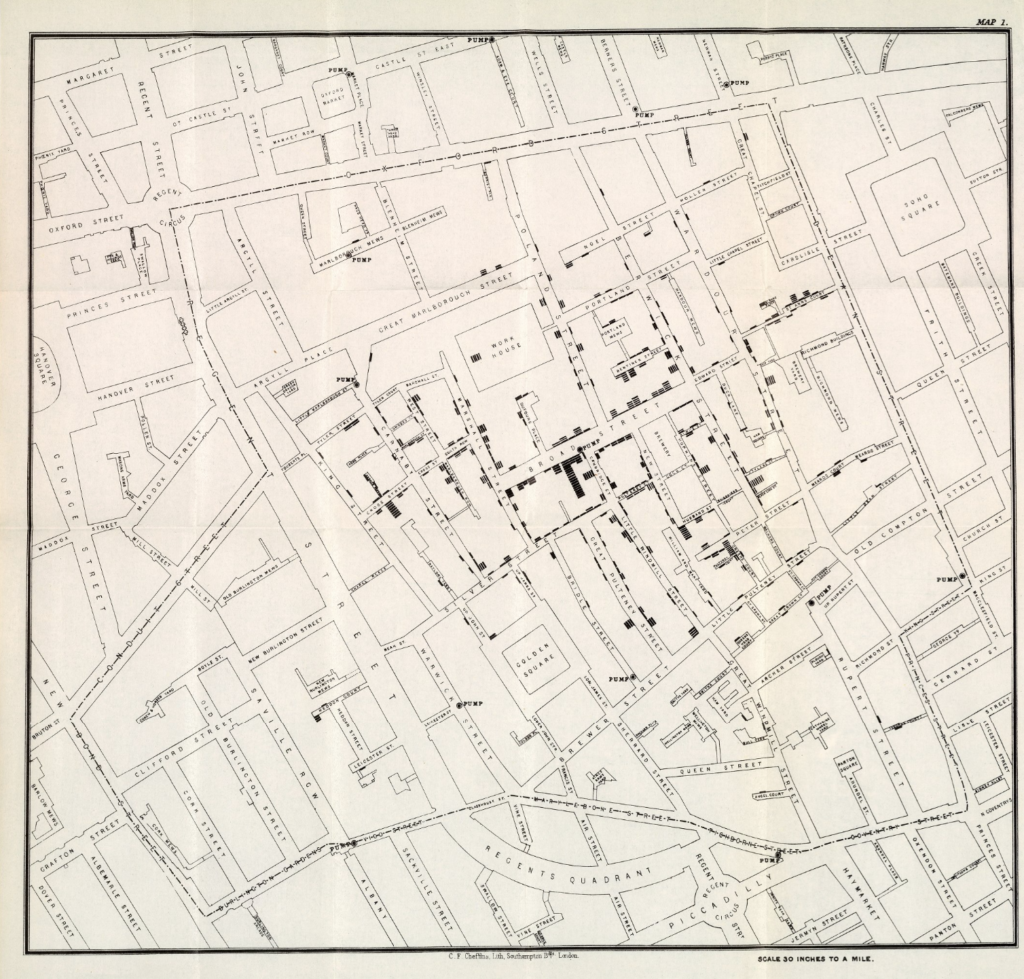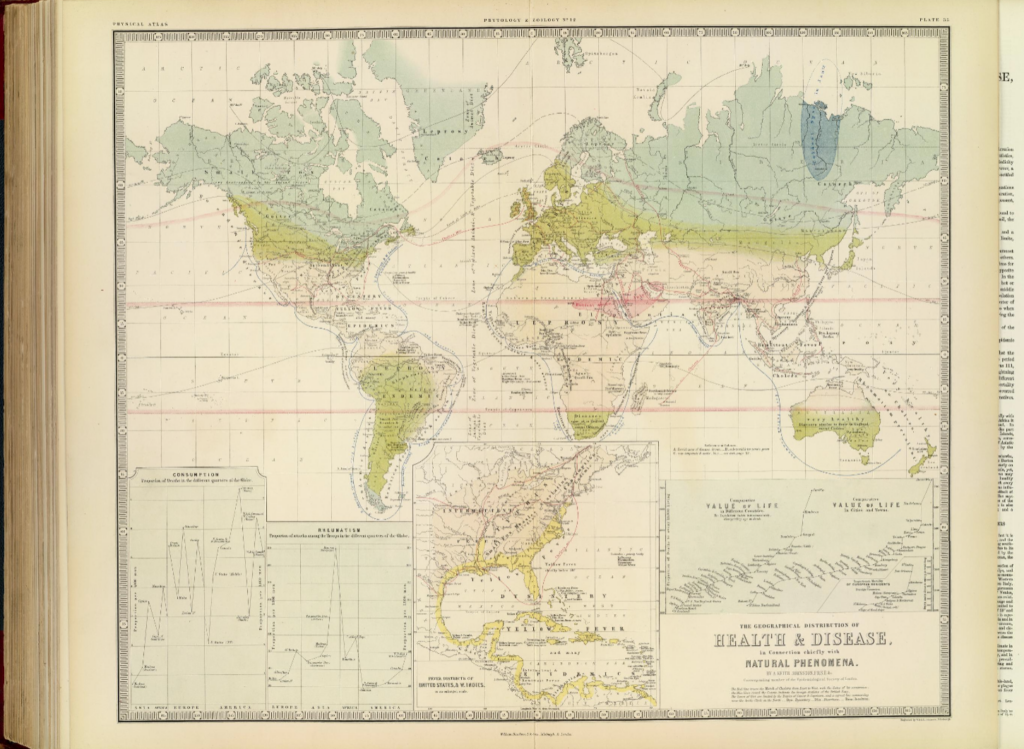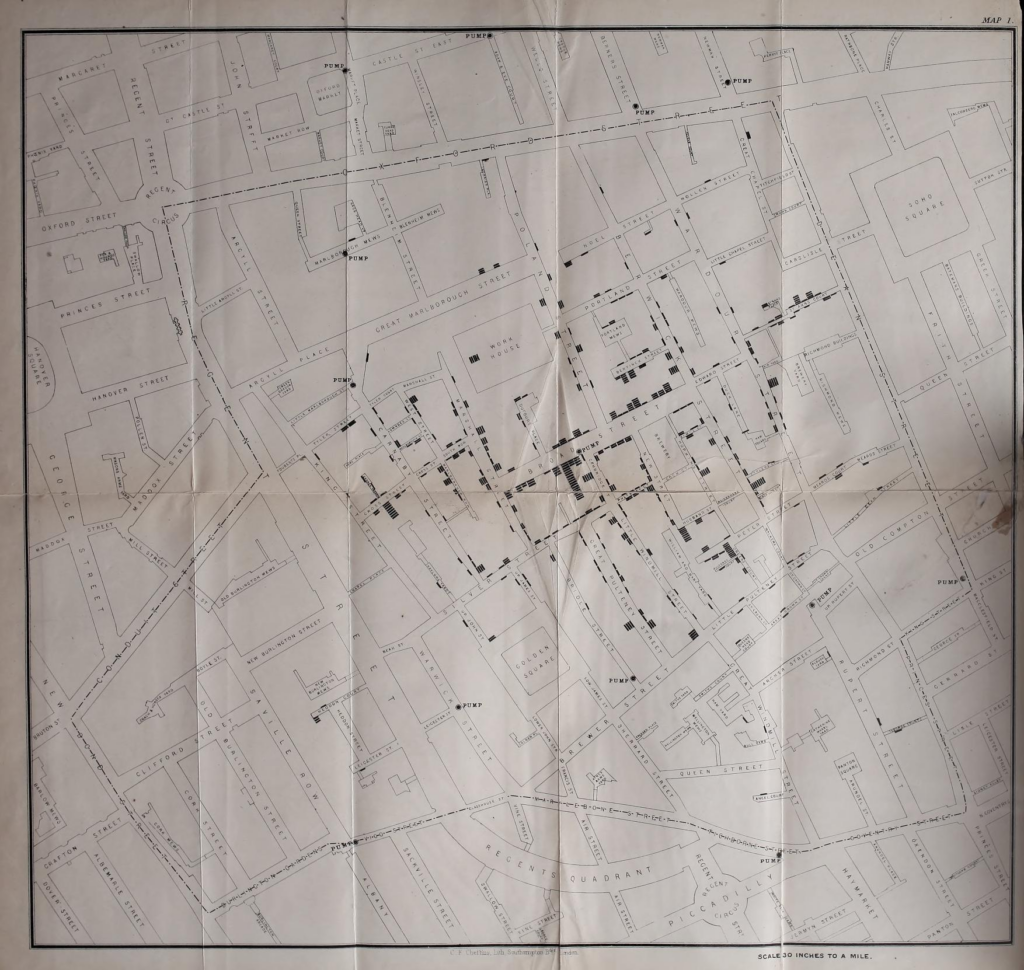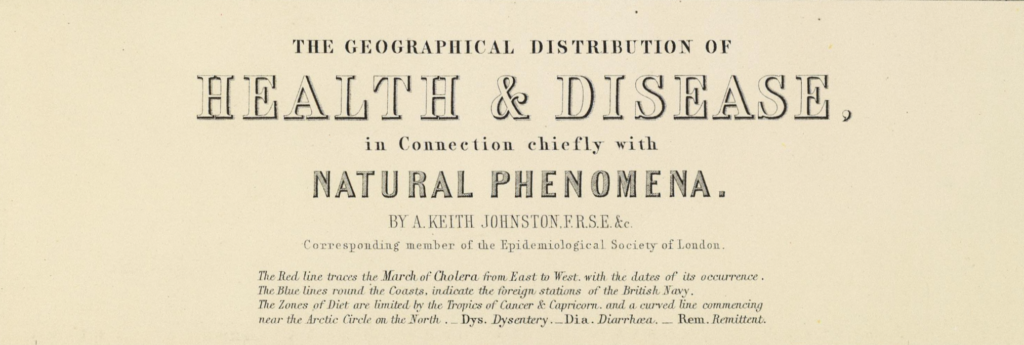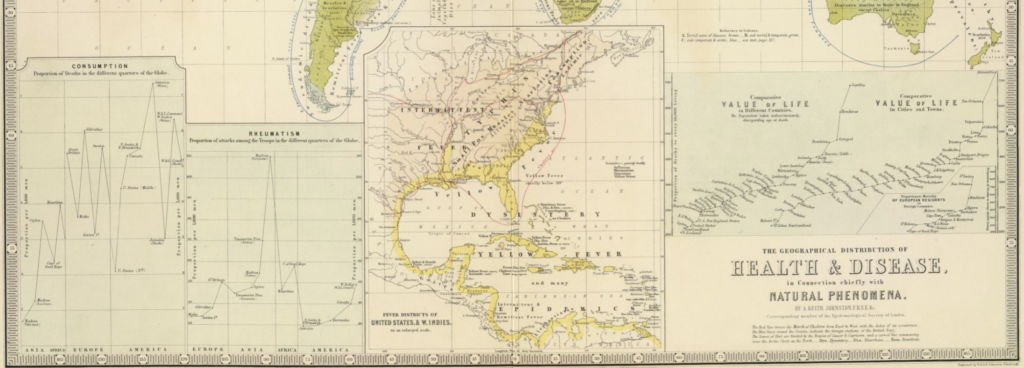Secondary Sources Bednarek Janet R. Daly. The Changing Image of the City : Planning for Downtown Omaha 1945-1973. Lincoln: University of Nebraska Press, 1992. Showcases Omaha’s City Planning and the planning of different highways throughout the metro area. There is few on the North Freeway itself, but it is interesting and helpful to see the other roads surrounding the construction of the Freeway, as they also cut through different minority communities. Hillier, A. E.. “Redlining and the Home Owners’ Loan Corporation.” Journal of Urban History. 29, no. 4 (2003): 394-420. https://doi.org/10.1177/0096144203029004002. This source is helpful in understanding the effect of the HOLC on American cities. The HOLC’s grip on American society and the creation of redlining is great for context to inform my understanding of types of segregation. Karas, David Patrick. “Highway to Inequity: The Disparate Impact of the Interstate Highway System on Poor and Minority Communities in American Cities.” New Visions for Public Affairs. 7, (2015). Karas highlights the disparities between communities of color and their disproportionate number of road systems, compared to wealthier, white neighborhoods who have little highways, noise pollutants, and cars compared to their black counterparts. Leiker, James. “Challenging the Color Line in Kansas and Nebraska/The Revolution at a Regional Nexus.” In Black Americans and the Civil Rights Movement in the West, edited by Bruce A. Glasrud and Cary D. Wintz. Oklahoma: University of Oklahoma Press, 2019. This helps lay the historical groundwork for segregation and racism in Midwestern cities. This specifically mentions Nebraska’s history of racism and racial violence. This has less to do with the road systems, but cultural context. McNichol, Dan. The Roads that Built America: The Incredible Story of the U.S. Interstate System. New York: Sterling, 2006. This lays the groundwork for Einsenhower’s expansion of America’s interstates. This also speaks of how these were funded, either through state grants or the federal government. This puts the highways into context, specifically in the rise of white suburbia and the burgeoning need for highways to transport white people to their homes created during White Flight. Mohl, Raymond A. “The Interstates and the Cities: The U.S. Department of Transportation and the Freeway Revolt, 1966–1973.” Journal of Policy History. 20, no. 2 (2008): 193–226. https://doi.org/10.1353/jph.0.0014. Mohl speaks of divisions created by the U.S. highways and how they affected poor communities and communities of color. This also talks about city suits and other lawsuits put forth against highway building and how most of them failed. Omaha Public Schools. “Making Invisible Histories Visible Collection.” University of Nebraska Omaha Archive and Special Collections. University of Nebraska at Omaha Libraries. https://archives.nebraska.edu/repositories/4/resources/3602. OPS did a project on redlining specifically in Omaha. There are a few references to HOLC and the North Freeway. OPS also acknowledges their part in redlining Omaha and lack of access to resources in North Omaha. Sasse, Adam. “A History of Redlining in Omaha.” North Omaha History, August 2, 2015. https://northomahahistory.com/2015/08/02/a-history-of-red-lining-in-north-omaha/ Adam Sasse is a great resource for Omaha history, specifically North Omaha. Sasse works in tandem with the Omaha Public Library and Black Plains History Museum. This particular article goes into detail on how redlining specifically affected North Omaha and South Omaha, mentioning the HOLC. Sasse, Adam. “History of the North Freeway in Omaha.” North Omaha History, December 3, 2023.https://northomahahistory.com/2020/10/28/history-of-the-north-freeway-in-omaha/comment-page-1/. Again, Adam Sasse creates great articles on Omaha history. This one is the most comprehensive history I could find on the North Omaha Freeway. It lays out the planning of it, the reactions and protests, the demolition of multiple community buildings, and the demographics of the areas destroyed by the North Freeway. Strand, Pamela Joy. “‘Mirror, Mirror, on the Wall…’: Reflections on Fairness and Housing in the Omaha-Council Bluffs Region.” Creighton Law Review. 50, no. 183 (March 1, 2017). https://www.openskypolicy.org/wp-content/uploads/2020/10/StrandRedlining.pdf. Stand, a Professor of Law at Creighton, reflects on Omaha redlining and the power of maps on a community. She goes into detail on socioeconomic and racial segregation seen within Omaha and Council Bluffs and the resources anointed to different populations throughout the cities. Primary SourcesBlack Populations, 1960. nhgis.org, (based on data from U.S. Census Bureau; accessed April 1, 2024). The 1960s were the period in which White Flight was at an all-time high. More black people started to move into North Omaha during this period and built/moved into black suburban neighborhoods. The black middle class was created during this period, most of these neighborhoods clustered around what would later become the area of the North Freeway. This is the decade Eisenhower passed his Highway and Interstate Act and the decade Omaha started planning the North Freeway. Black Populations, 1970. nhgis.org (based on data from U.S. Census Bureau; accessed April 1, 2024). The 1970s saw North Omaha’s demographics become less and less diverse, with most white people having left and the population consisting mostly of Black Americans. This decade saw the construction of the highway begin and civil suits followed from those in the North Omaha community. Black Populations, 1980. nhgis.org (based on data from U.S. Census Bureau; accessed April 1, 2024). This is the decade that the North Freeway was completed. This shows the population density surrounding the Freeway and the new, stricter segregation of Omaha’s quadrants of North, South, East, and West. City of Omaha, Nebraska, Nebraska Department of Roads, and US Department of Transportation Federal Highway Administration. North Freeway Corridor Study/Lake Street to Interstate 680/Omaha, Nebraska. Henningson, Durham, and Richardson, Inc. June 1975. https://govdocs.nebraska.gov/epubs/R6000/B002.0014-1975.pdf. Overall, this is the best resource I have found. This was a study done from the City of Omaha in collaboration with the US Department of Transportation. Within this study there are multiple maps of the city before the Freeway, along with community landmarks that were destroyed. There is also a study of the cultural reaction of the city, the suits that followed construction, and the impact of the Freeway on the community. It is very thorough. Johnson, Lerlean. 1982. Interview by Alonzo Smith. August 25, 1982. Interview MSS-0130, audio, University of Nebraska Omaha Archives and Special Collections, University of Nebraska at Omaha Libraries. University of North Omaha conducted a project to preserve Black Omaha history. Part of this project was their Oral History collection of interviews from Black people all over Omaha. In Lerlean Johnson’s interview he speaks of the North Freeway and how he was one of the people who filed a suit against the city and also protested the construction of the Freeway. Love Jr., Preston. “North Omaha Begins a New Chapter.” Omaha World Herald, July 7, 2022. https://omaha.com/opinion/columnists/column-north-omaha-begins-a-new-chapter/Article_7ead2720-fedb-11ec-a322-83c29e49a99a.html. Preston Love Jr. writes about North Omaha trying to reconcile themselves with the rest of the city after the traumas inflicted and segregation. Impoverished Population, 1960. nghis.org, (based on data from U.S. Census Bureau; accessed April 3, 2024). In 1960, North Omaha, specifically the area around the freeway was not as impoverished as it was later on, but still held a large portion of Omaha’s poorer citizens. This is the decade the idea of the Freeway started development. Impoverished Population, 1970. nghis.org, (based on data from U.S. Census Bureau; accessed April 3, 2024). Richer citizens left during periods of White Flight and during the start of construction of the North Freeway through their neighborhoods in the 1970s. Impoverished Population, 1980. nghis.org, (based on data from U.S. Census Bureau; accessed April 3, 2024). In the 80s, the Freeway was complete and North Omaha was split in half and cut off from the city. This helps to see the rates of poverty increase as the decades went on. Omaha, Nebraska Roads, 2005. dogis.org, (based on data from City planning records; accessed April 2, 2024). Douglas Ct. QGIS has a database of all the roads within the city that I’m able to download as a shapefile. This shows the North Freeway within the city and helps visualize the road. Wirt, Landon and Austin Knippelmeir. “A Freeway Splits and Omaha Neighborhood.” Omaha World Herald, December 18, 2022. https://omaha.com/a-freeway-splits-an-omaha-neighborhood/article_9817cad0-7ce9-11ed-806d-735ceb03ad97.html
(I would like to also mention NOISE Omaha, which has a huge list of resources for redlining including many static maps: https://www.noiseomaha.com/resources/2019/7/12/redlining-resources. Also, Adam Sasse and the Freeway Study have multiple maps throughout the readings, specific to Omaha. These show the old businesses, schools, and other community centers destroyed. The Freeway Study has been a detrimental resource during my research, especially considering both the cultural context and the sheer number of maps and data strewn throughout the document.)


